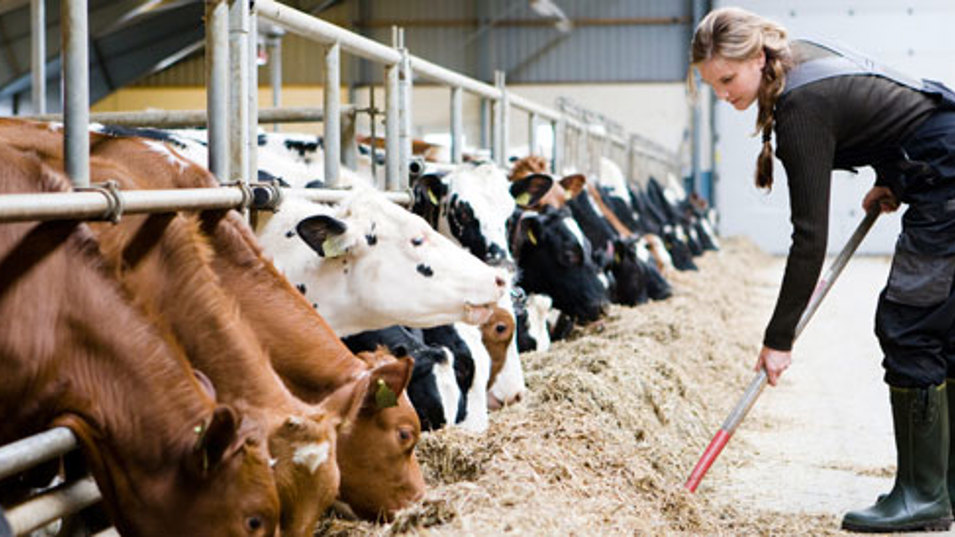

Goldilocks Work - Key Intervention Evaluation Attributes
Here you will find our key intervention evaluation attributes
Overall we recommend:
- Robust, feasible, objective measures, “sensitive for change” where possible.
- Measures will be aligned to harmonise with other studies where possible.
- Evaluation should be designed in accordance to, and for understanding each step of the mechanistic pathway for the whole program logic.
- Evaluation measures will be aligned to goals.
Effect evaluation will be undertaken and include:
- Physical behaviour measures.
- Physical capacity measures.
- Health-related outcomes.
- Measures of productivity (quantity/quality).
- Measures of cost effectiveness.
- Measures of potential harmful effects.
Process evaluation will be undertaken and include:
- Intervention context
- Delivery of intervention
- fidelity, adherence, reach
- delivered information and knowledge about Goldilocks
- Changes in worker/manager knowledge and attitudes
- understanding of the Goldilocks concepts
- commitment to the intervention
- Planning of redesign of work
- ideas for redesign of work
- evaluation of their feasibility
- evaluation of their likely impact
- prioritization of ideas
- plans for implementation and follow-up of ideas
- Implementation of planned redesign of work
- extent of implementation of planned ideas
- barriers and facilitators of implementation changes to work
- workplace’s assessment of feasibility for further implementation and sustainability
- Evaluation if implementation of work redesign lead to planned behaviour change and/or physiological responses
- extent of achieving behavioural change targets
- extent of achieving physiological response change targets
